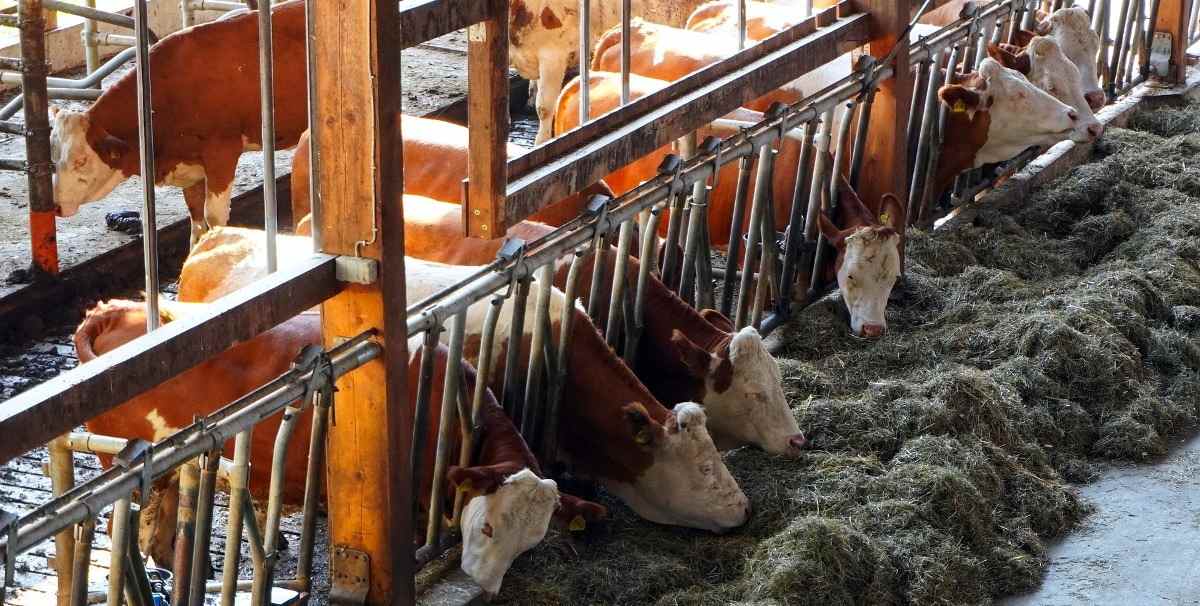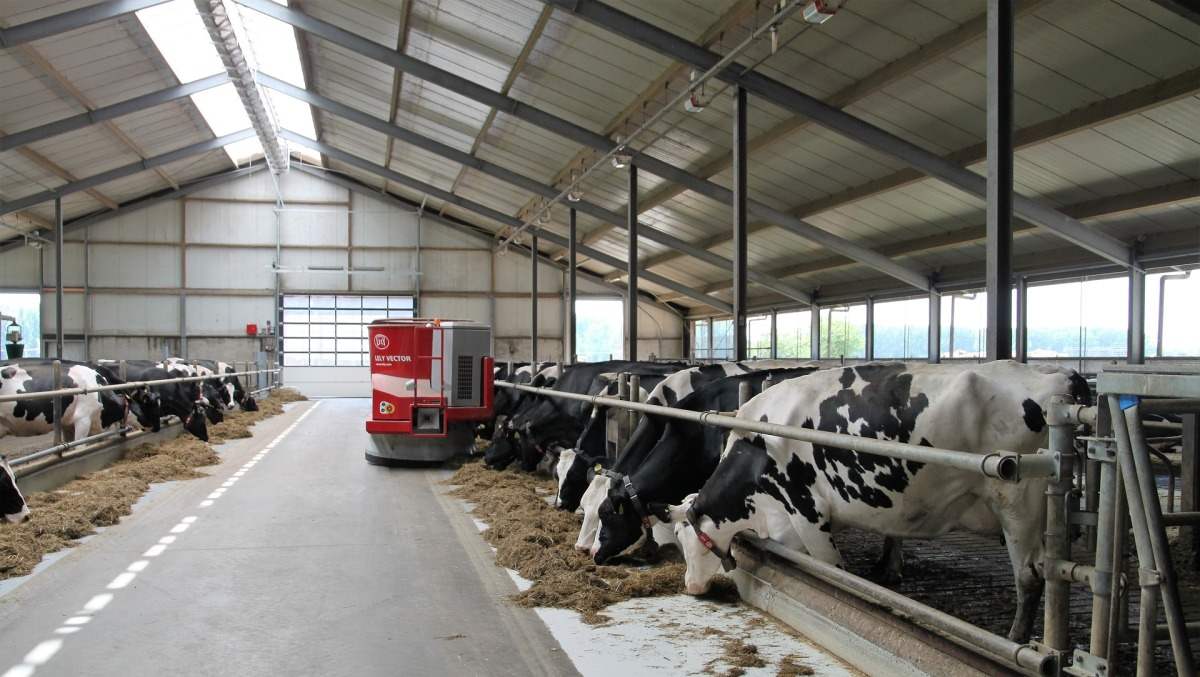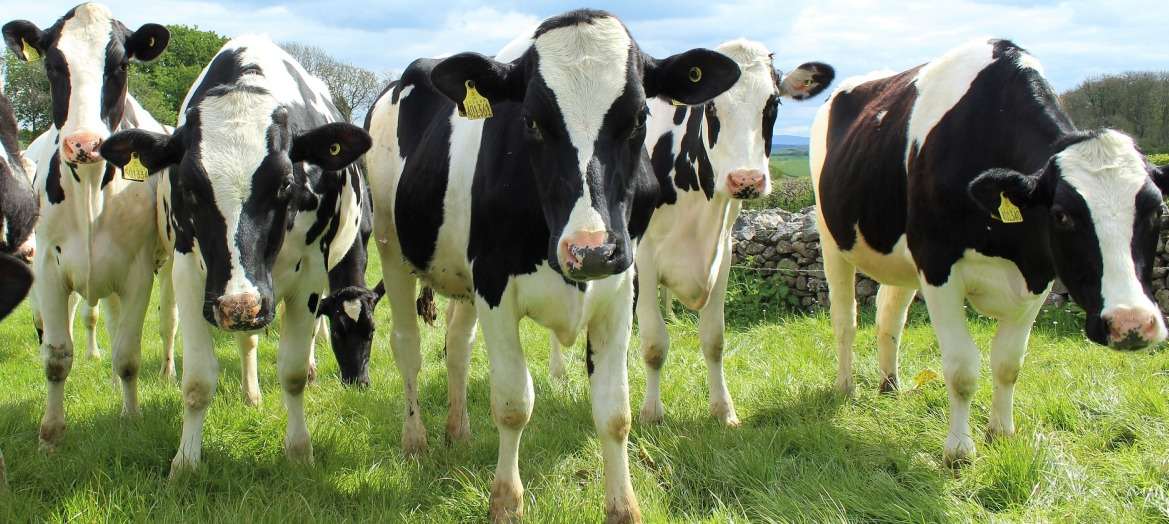Introduction: Hello readers today we are back with a great guide of Dairy Farming Plan in India. Dairy Farming is a profitable project in India, if you follow the steps carefully. In rural and urban areas dairy farming business has gained its popularity and importance in terms of its profit margin in business terms. Dairy farming business is the most profitable one if it you make a perfect effective business plan which definitely leads to success. In India dairy farmers are facing a lot of problems due to lack of knowledge and they are not aware of the latest methodology and technique due to which they are not able to reach the success step. What are we waitng for? Let’s us start a dairy farming with a good plan in India.
A step by step guide to Dairy Farming Plan in India
This article might help you and acts as a guide to set up a Dairy Farm, where each and every steps are completely explained so that you can start dairy farm business in a profitable way.Friends please do remember that before choosing this dairy farming business, firstly you should keep your complete efforts and time to this and specially 24×7 attention is must and should. Let us consider the business plan for 10-15 cows. The basic requirements of Dairy farming in India includes-proper shed construction, surplus area of land for cultivation of green fodder (1-2 acre of land is sufficient for 15 cows), adequate water supply, good breed of cows (high yielding cows like hf,jersey, sahiwal etc.), fodder management (dry fodder , green fodder and concentrate), labour, and proper vaccination schedule.

Construction of Shed as per Dairy Farming Plan in India
Welldefined, spacious and hygienic shed for cattle is needed for their good health and maintenance. Let us consider a herd of 10 cows. Accordingly to the scientific studies, it is proved that 1 cow should have 7ft x 11 ft area and it also varies depending upon the size of animal. For 10 cows the shed should be minimum of 80 ft x 12ft.
Cowshed can beconstructed in two ways:Closed housing, and Open housing.
Open housing are not recommended these days as we keep high milk yield animals which needs extra care. So generally, it is closed housing system is the better option.
Closed housing is further classified in two arrangements:Head to Head Arrangement and Tail to Tail Arrangement.In head to head arrangement animal feeder or menzer is constructed in between the shed with a separation wall in between so that the cow can be fed from both sides facing head to head each other.On the other hand in tail to tail arrangement Feeder or menzer is constructed on either side of the shed so the cows are fed in tail to tail position. It is better to prefer Head to Head Arrangement because it costs less as compare to tail to tail arrangement. In this arrangement feeder or menzer is one in between the shed.
You should not miss the How to Make Organic Compost.
Shed should be in some elevated area to avoid rainfall water to come inside. Special attention should be given in the flooring. The floor must be made of bricks and cement with proper inclination so that the urine or excrete can drain easily.Proper Drainage system should be maintained to drain the urine on either side of the shed to avoid the stagnation and infections.
For the shed construction choose area which has proper light and sun with little elevation from normal ground level. For construction use cement, bricks and asbestos sheet can be used as the roof of the shed.Electricity and proper water supply is also needed for the high yielding cows such as HF and jersey; fans and cooler is also necessary during summer season.These gives the cooling effect during summer season, as the cows has to withstand the high temperatures.

Fodder Management
High yielding varieties requires nutritional facts in the fodder along with other mineral mixtures. 1Kg of fodder should be given for 2.5ltrs of milk per cow. For example, if a cow yields 10ltrs of milk then they should be provided with 4Kg of concentrate with mineral mixture. There are three kinds of fodder, which can be includes dry fodder, green fodder, concentrate and mineral mixture.
Types of Fodder Used in Dairy Farming
Dry fodder constitutes of 2/3rd of the supplements. Dry fodder are of various kinds which includes wheat hay, paddy straw(kutti), chokar, etc. whereas green fodder plays a vital role in developing the immune system in animals health and also provides the essential nutrients required for good milk yield. We must have surplus area of land preferably 2 acre for 15 cows for green fodder cultivation. Green fodder includes leguminous crops such as gram, barley, maize, masoor, etc. They are rich in protein and hence increase the protein as well as fat percentage in the milk.Mineral mixtureis essential for the good health of the cattle and the natural thing is that the mineral and protein content in the fodder also reflects in the milk content. Appropriate proportion of dry fodder, green fodder and mineral mixture with concentrate should be calculated per cow and should be given accordingly.
Adequate water supply
Proper water supply is very essential one, for the cattle to drink, cleaning of cow and shed, for mixing dry fodder etc.
Breed selection-High yielding popular varieties
Right breed selection is very much important in the dairy farming. As the profit is totally dependent on the milk yield of the cow. Holstein and Jersey are the top two breeds in dairy farming. Both are having the ability to convert high quantities of fodder into milk. They are popular high yielding breeds that can produce large quantities of milk. They nearly yield 10-12 litres of milk.
You may also like the How to Grow Oats.
Timely Mating and Insemination is Needed
In general mating or insemination is done after every 3 months of calving. Indian breed takes approximately 30-35 months in reaching maturity phase whereas high yield cows HF or jersey cross breed reaches maturity at 15-18 months and it is ready for mating immediately. Important note should be done that for every 13 months cow should be calving, and then only the farm production will increase in number. Check carefully that after three four attempts of mating if cattle are not conceiving then there is a fertility issue or it might be some genital problem so it is better to provide proper medication.
Artificial Insemination in Dairy Farming
During normal conditions of reproduction, there is an equal chance for the exchange of traits and characters from the parents, but there is no guarantee for getting a desired trait in the offspring. New technologies have been created and applied to the cattle industry to increase the efficiency in the production of milk per cow through a process called Assured Genetics where the calfproduced will be a female offspring with all the high yielding traits. This discovery reveals the impact of traits in animal reproduction, where you can design an embryo with specifically required traits before implantation into the surrogate cow. This is the key point for researchers to create a calf having certain qualities of Desi Cow, along with the high yielding character (a trait of high yielding cows). This technique will assure the dairy farmers to give rise to complete high yielding calves that can withstand high temperatures and they are drought resistant, disease resistant, etc.
Special care for pregnant cows
Pregnantcows should be given utmost care and attention along with fodder and other requirements should be given during gestation period. Just before 3 months, fodder should be given as much as they can feed, so that there would be a proper growth of calves and its udder.
For pregnant cows it is better to avoid injecting oxytocin as it is harmful to calf and sometimes it causes the death of the calf. Note:The effect of oxytocin hormone remains for 7-8 minutes in this duration and total milk should be taken out from the udder otherwise milk secretion becomes difficult.
Vaccination schedule
Timely vaccination schedule should be properly maintained in order to prevent cattle from harmful diseases. It provides better immunity and disease resistance to the cattle. Note: Before giving any any vaccination, deworming is compulsory which yields better result.
Precautions for maintaining cattle
The following precautions should be maintained by the Dairy farmer. Every morning before collection of milk from cows, examine each cow and observe their mood carefully. See if they are in good health condition or not which can be known by their rumination. If they are not ruminating properly, then there is some problem like fever or internal parasitic load or may be someinfections then immediately contact veterinary doctors for the best treatment. Seasonal deworming is necessary to remove the parasitic load.Before milking, clean the shed and give the proper fodder to the cattle. It is recommended to use mustard oil to lubricate the udder during the time of milking.After milking don’t allow the cattle to sit, it is better to provide the fodder, because their udders may get infected, so give them the green fodder which is time consuming for them to have it and makes them to stand for long time.Do not give raw wheat, rice etc. as fodder as it is difficult for the cattle to digest them. As the cattle metabolism is different from humans.
Incase if you miss this: How to Grow Oil Palms.
Fodder should be given two times per day i.e., in the morning and in evening, it is also better to allow the cattle for grazing outside but care should be taken that they should not eat the waste papers and plastic covers. Summers are very hectic for HF Cows as they heavily respirates, hence atleast water sprinkling or bath 3 timesis necessary and cool climate should be maintained by putting fan and cooler in shed. Similarly during winters care should be taken by covering the shed with the jute bag, if the temperature is too cold then it is better to cover the cattle also with jute bags, light fire to provide heat and maintain the warm temperature in and around the shed.
Costs involved in Dairy Farming

Cost for constructing cow shed and calves pen= Rs. 1,50,000
Cost for 10 cows HF cows with average yield of 10 litres per day = Rs. 3,50,000 (This cost may vary depending on age of animal, milk capacity and other factors)
Cost involved in transportation=Rs.10,000
Cost of Chaff cutter=Rs.25,000
Cost for electricity=Rs.15,000
Costs for bucket milking machine=Rs.30,000
Costs for fodder for all stages=Rs.50,000
Costs of insurance for animals=Rs.8,000
Labour charges = Rs. 50,000
Miscellaneous costs=Rs.15,000
The total costs involved is Rs. 7,03,000 to set up a 10 cow dairy farm.
Note: The above amounts are fixed and they are in Indian Rupees.
Conclusion of Dairy Farming Plan in India
For Dairy Farmers, if you follow these methods and precautionsas mentioned above then surely there would be a better result in the terms of milk production and hence your dairy business will be into profits. Follow the rules and regulations in it. You may be interested in How to Grow Hydroponic Peppers.
